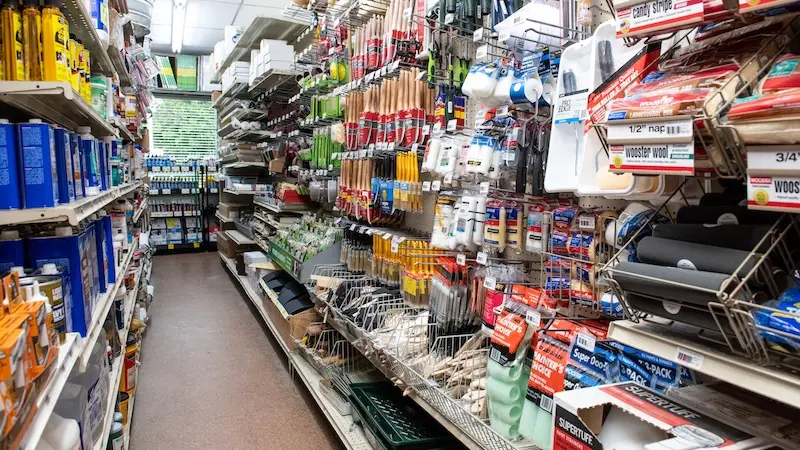How Do I Price My Hardware Store Services?
- Nate Jones, CPCU, ARM, CLCS, AU

- Sep 22
- 3 min read
Are you planning to open a hardware store or looking to improve your pricing strategy? Setting the right prices for your hardware store services and products is crucial for staying competitive, attracting loyal customers, and ensuring long-term profitability.

In this guide, we’ll break down the key steps to pricing your hardware store services, highlight essential insurance coverages, and share expert tips to help your business thrive.
Why Pricing Matters for Hardware Stores
Pricing isn’t just about covering your costs—it’s about positioning your store in the market, building trust, and maximizing your profits. Whether you’re selling tools, building supplies, home improvement products, or offering contractor essentials, your pricing strategy can make or break your business.
1. Understand Your Costs
Before setting prices, calculate your cost of goods sold (COGS), including:
Wholesale product costs
Shipping and handling
Labor and staffing
Store overhead (rent, utilities, insurance, etc.)
2. Research Your Local Market
Check out what other hardware stores in your area are charging for similar products and services. Use this information to:
Identify competitive price points
Spot gaps in the market (e.g., services others don’t offer)
Avoid pricing yourself out of the market
For more on market research, check out SBA’s guide to market research.
3. Choose a Pricing Strategy
Common pricing strategies for hardware stores include:
Keystone Pricing: Doubling the wholesale cost (50% markup)
Competitive Pricing: Matching or slightly undercutting local competitors
Value-Based Pricing: Charging more for expert advice, specialty products, or unique services
Consider offering bundled services (e.g., tool rental + delivery) or loyalty discounts to increase customer retention.
4. Factor in Service Offerings
Many hardware stores offer services such as:
Key cutting
Tool rental
Delivery and assembly
Equipment repair
Price these services based on labor, materials, and local demand. Don’t forget to account for the cost of insuring your equipment and employees.
5. Review and Adjust Regularly
Monitor your sales, customer feedback, and profit margins. Adjust your prices as needed to stay competitive and profitable.
6. Don’t Overlook Insurance Costs
Insurance is a critical part of your operating expenses. The right coverage protects your hardware store from lawsuits, property damage, and employee injuries. At Wexford Insurance, we specialize in helping hardware stores find the right insurance at the best rates.
5 Essential Insurances for Hardware Stores
General Liability Insurance – Protects against customer injuries and property damage.
Commercial Auto Insurance – Covers vehicles used for deliveries or business errands.
Commercial Property Insurance – Safeguards your building, inventory, and equipment.
Workers’ Compensation Insurance – Required in most states if you have employees.
Equipment Insurance – Covers repair or replacement of essential tools and machinery.
7. Promote Your Unique Value
Highlight what sets your hardware store apart—expert advice, specialty products, or community involvement. Customers are often willing to pay a little more for better service and peace of mind.
Final Thoughts
Pricing your hardware store services is both an art and a science. By understanding your costs, researching your market, choosing the right pricing strategy, and factoring in essential insurance coverages, you’ll set your business up for long-term success. Remember, the right insurance program is just as important as the right pricing—protect your investment and your future.
Ready to start your hardware store or review your insurance needs?
Contact Wexford Insurance today for a free hardware store expert guidance tailored to your business.




